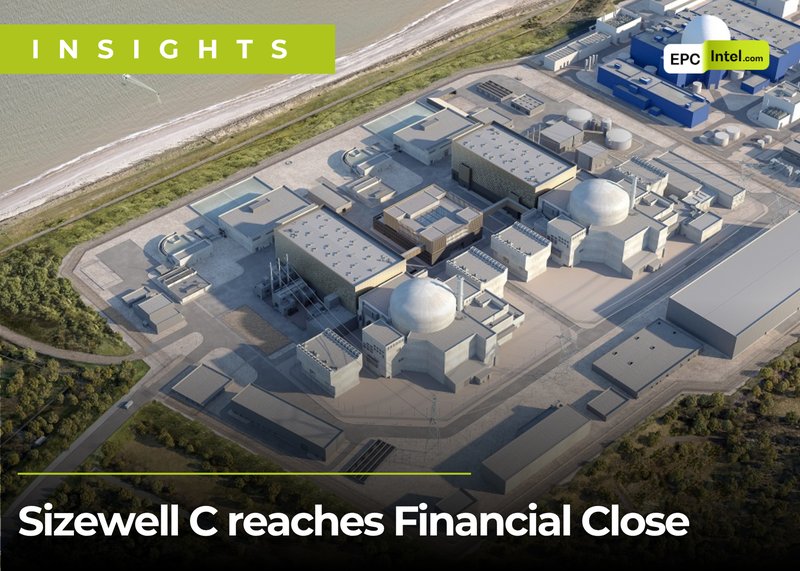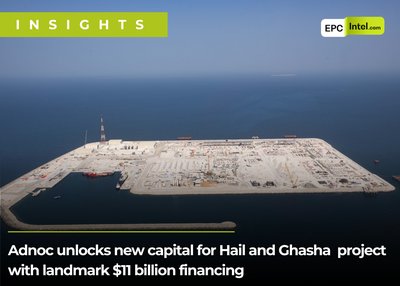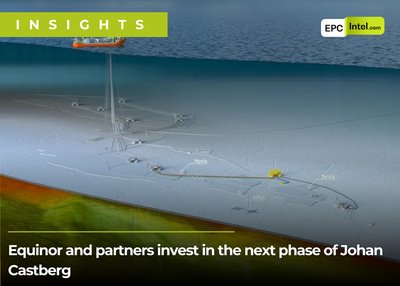Sizewell C reaches financial close, setting a new global benchmark for private nuclear financing

The long-anticipated Sizewell C nuclear power project has reached Financial Close, marking a world-first for privately financed nuclear energy and a defining moment for the UK’s energy transition. Following July’s Final Investment Decision, the project has now locked in £5 billion of debt financing via BpifranceAE’s export credit facility, alongside a £500 million working capital line and the National Wealth Fund’s term loan. The success of the equity and debt raise confirms strong market confidence in the UK’s Regulated Asset Base (RAB) model for large-scale low-carbon infrastructure.
A new model for nuclear finance
Sizewell C’s £5 billion export credit-backed debt package, underwritten by 13 major banks, demonstrates the viability of a hybrid structure blending public participation with private capital. The facility, coordinated by HSBC and Santander CIB, carries green-loan certification and a Medium Green rating from S&P Global. BNP Paribas acted as joint debt adviser, while Rothschild & Co led financial advisory across equity, debt, and ratings, with Clifford Chance as legal counsel.
This is the first nuclear project globally to employ the RAB model, an approach previously used on major UK infrastructure such as Heathrow Terminal 5 and the Thames Tideway Tunnel. Under RAB, investors earn regulated returns during construction, significantly lowering the cost of capital and enabling long-term institutional participation. Government estimates suggest the model could reduce total financing costs by as much as £30 billion compared with conventional project finance.
The project’s backers include EDF, Centrica, La Caisse, the UK Government, and funds managed by Amber Infrastructure Group, including International Public Partnerships and the Nuclear Liabilities Fund. Once operational, the twin EPR reactors will deliver 3.2 GW of low-carbon baseload capacity, supplying up to six million homes for 60 years.
Supply chain scale and EPC opportunities
With financial close achieved, Sizewell C’s full-scale construction will now move ahead in Suffolk, unlocking the largest domestic energy infrastructure program in the UK since Hinkley Point C. EPCIntel’s database estimates total capital expenditure in the £22–25 billion range, distributed across major packages as follows:
- Civil works and balance of plant: approximately £6–7 billion. This includes earthworks, foundations, turbine halls, and auxiliary buildings. Balfour Beatty, Laing O’Rourke, and Bouygues are among the likely prime contractors, building on experience from Hinkley Point C.
- Nuclear island and reactor systems: roughly £8–9 billion. EDF’s Framatome and partners are expected to lead the nuclear steam supply system and instrumentation scope, with Doosan or Ansaldo as key equipment providers.
- Turbine island and power conversion systems: about £4 billion. GE Steam Power, already engaged at Hinkley, is set to supply the ARABEL steam turbines, condensers, and generators.
- Electrical, I&C, and grid interface: around £2 billion. Contracts will likely involve ABB, Siemens Energy, and UK-based integrators for grid synchronization, control systems, and high-voltage substations.
- Construction services, logistics, and site infrastructure: approximately £1.5–2 billion, covering modularization yards, access roads, worker accommodation, and material transport.
Over 70% of contract value is expected to be awarded to British suppliers, with more than 10,000 direct jobs created during peak construction and 1,500 apprenticeships. The project will establish a robust domestic supply chain spanning nuclear components, structural steel, cabling, and control systems—skills and capacity that can be exported to future projects in Poland, Canada, and the Gulf.
A milestone in the UK’s “golden age of nuclear”
Energy Secretary Ed Miliband called the close “a major milestone in delivering our new golden age of nuclear,” emphasizing that the model will channel private investment into long-term energy security. The project is expected to save UK consumers an estimated £2 billion per year once operational by stabilizing electricity prices through reliable baseload output.
EDF UK CEO Simone Rossi said that Sizewell C “benefits from the experience of Hinkley Point C and highlights market confidence in nuclear technology for the energy transition.” La Caisse’s Emmanuel Jaclot added that the financial close “underscores the project’s solid foundations and innovative financing model.”
Replication potential and next steps
The Sizewell C structure is already drawing international attention. EPCIntel understands that developers in Central Europe and Canada are studying the RAB framework as a blueprint for upcoming reactor programs, particularly as sovereign budgets tighten and private finance becomes essential.
Construction mobilization is now under way, with site preparation, access roads, and utilities nearing completion. Full civil works on the nuclear island are expected to ramp up through 2026, with mechanical and electrical installation commencing in 2028. Grid connection is scheduled for the early 2030s, aligning with the UK’s target to decarbonize electricity supply by 2035.
Sizewell C stands not only as a critical component of Britain’s clean-energy strategy but also as a proof of concept for large-scale nuclear financed through private capital. For EPC contractors, technology suppliers, and UK manufacturers, the project marks the beginning of a multi-year cycle of high-value opportunities—from heavy civil engineering and turbine manufacturing to advanced instrumentation and modular fabrication.
As EPCIntel’s analysts note, the precedent set at Sizewell C could redefine the financing and delivery of future gigawatt-scale reactors, both at home and abroad.



